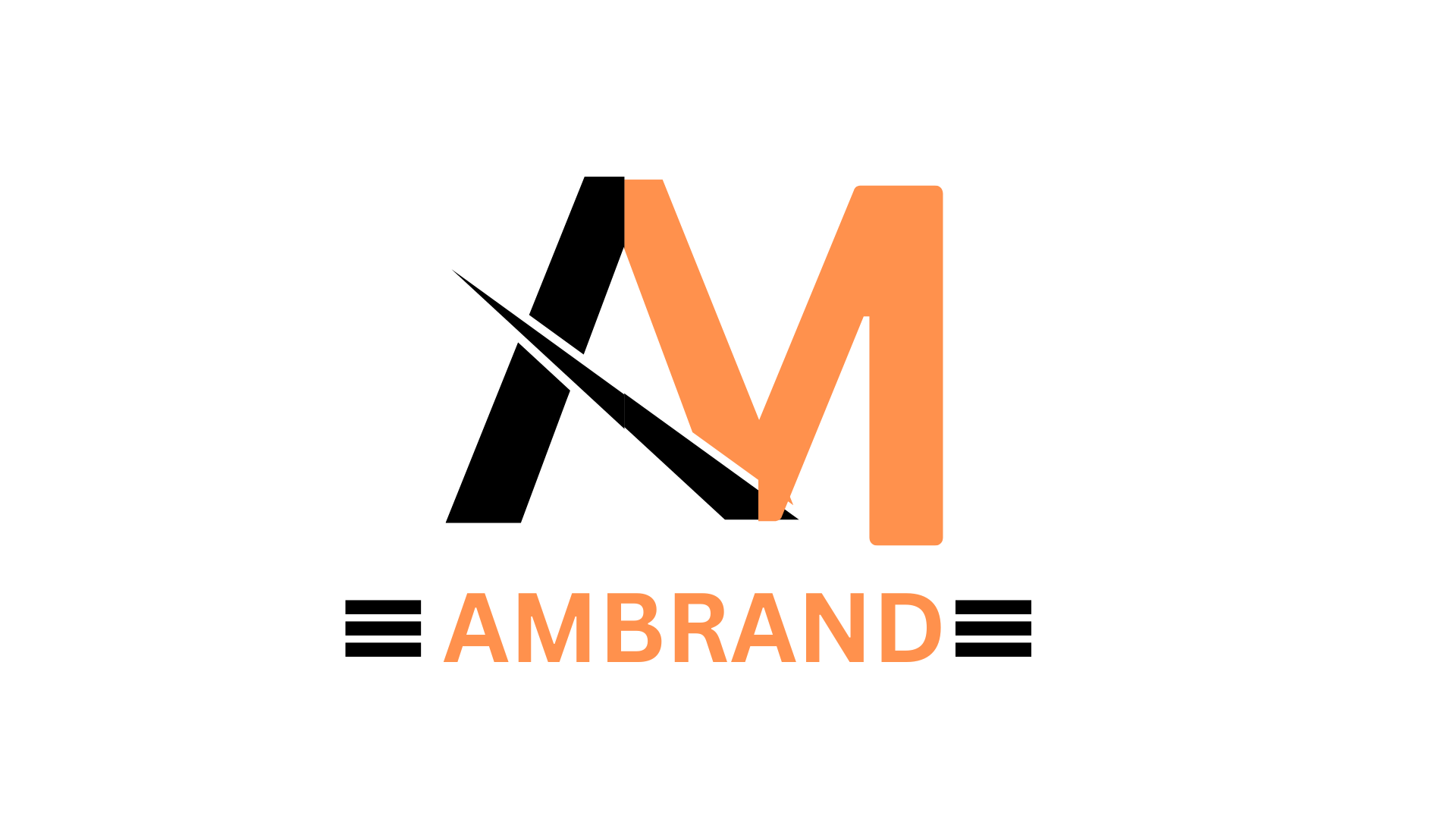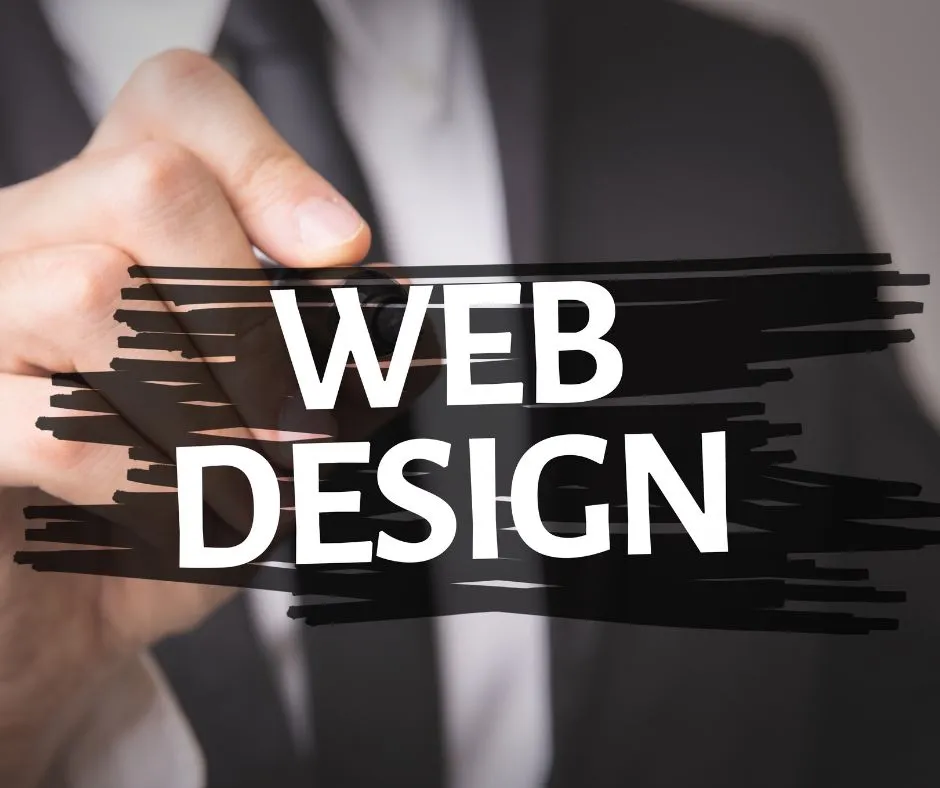
Web Design
- Web designing refers to the process of creating and planning the visual layout, structure, and overall appearance of a website. It involves various elements such as graphic design, user interface (UI) design, user experience (UX) principles, color schemes, typography, content arrangement, and responsiveness across different devices. A well-designed website not only looks attractive but also ensures that visitors can navigate it easily, find the information they need, and have a positive experience interacting with the content.
Web designing goes beyond just aesthetics—it plays a critical role in how a business or brand is perceived online. First impressions matter, and in the digital world, your website is often the first interaction potential customers have with your brand. A professionally designed website builds credibility and trust. Visitors are more likely to stay longer, explore your offerings, and convert into customers if the site feels modern, reliable, and user-friendly.

Graphic Design
Graphic designing is the art and practice of creating visual content to communicate messages. By using typography, images, colors, shapes, and layout techniques, graphic designers craft visuals that convey information clearly and attractively. The purpose of graphic design is not just to make things look appealing, but to ensure that the design serves a functional purpose—whether it’s informing, persuading, or engaging an audience. It is used in a wide range of media, including print (like brochures, posters, and magazines), digital platforms (such as websites, social media, and apps), product packaging, advertising, branding, and more.
At its core, graphic design combines creativity with strategy. Every design element is chosen intentionally to support the message being communicated. For example, the choice of colors can evoke emotions, while the type of font can suggest a certain tone—formal, playful, modern, or traditional.

Content Creation
Content creation is the process of generating ideas and producing valuable, relevant, and engaging material to share with a specific audience across various platforms. This material can take many forms, including written articles, blog posts, videos, social media updates, infographics, podcasts, newsletters, eBooks, and more. Whether for educational, informational, promotional, or entertainment purposes, content creation plays a crucial role in modern digital communication and marketing strategies.
In today’s digital age, content is the driving force behind how individuals, businesses, and brands connect with their audiences. It allows companies to share their expertise, build trust, and provide value to potential and existing customers. Rather than directly selling a product or service, content creation focuses on establishing a relationship through consistent and meaningful engagement.
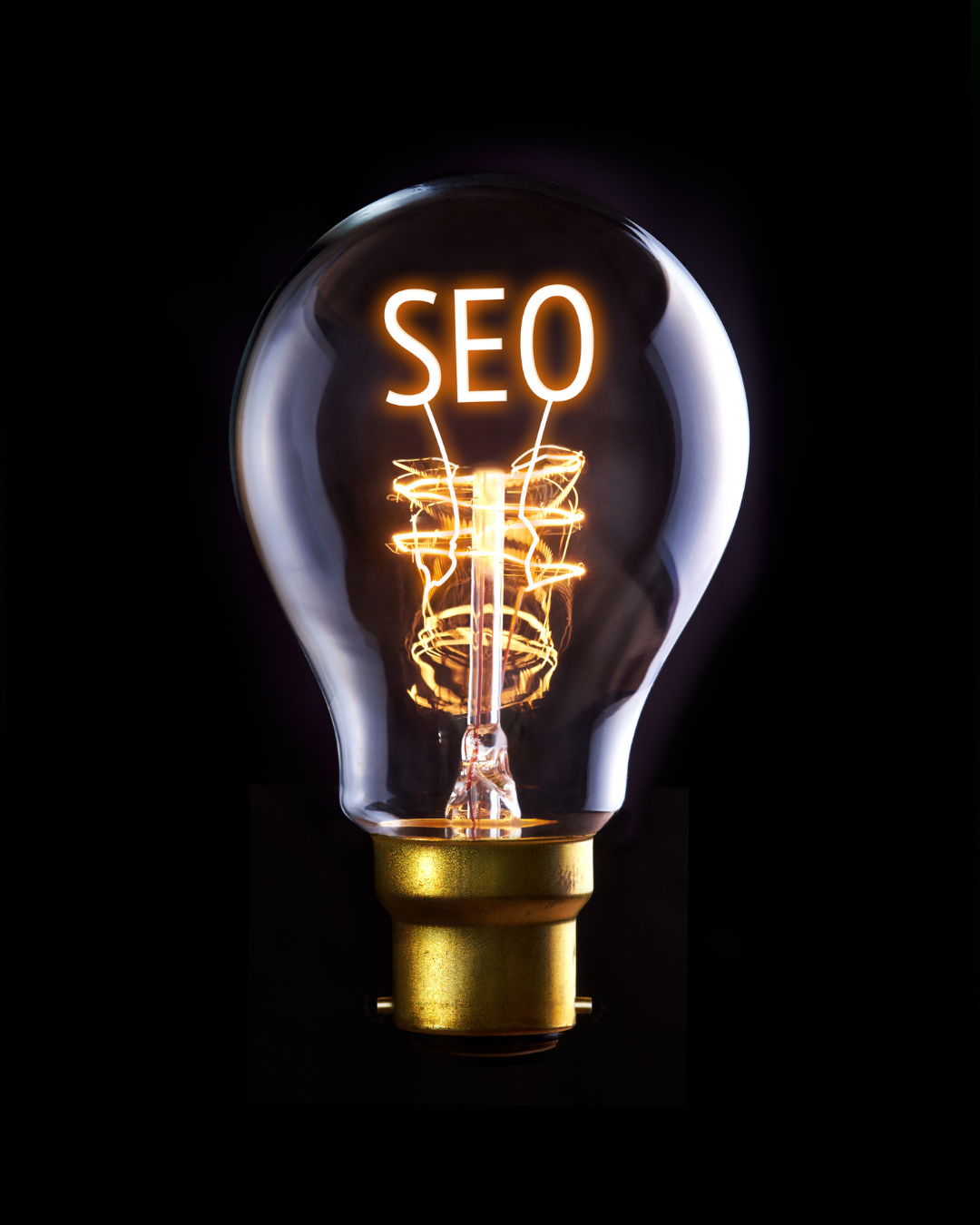
Search engine optimization
Search Engine Optimization, commonly known as SEO, is the process of improving a website’s visibility in search engine results pages (SERPs) like those of Google, Bing, or Yahoo. The goal of SEO is to increase the quantity and quality of organic (non-paid) traffic to a website by making it more appealing and relevant to search engines and users alike. When done effectively, SEO helps a website appear higher in search rankings when people search for keywords related to its content, products, or services.
SEO is made up of several key components, including on-page SEO, off-page SEO, and technical SEO. On-page SEO focuses on optimizing individual web pages by using proper keywords, writing high-quality content, improving meta titles and descriptions, using header tags correctly, and ensuring that the website is user-friendly and well-structured.
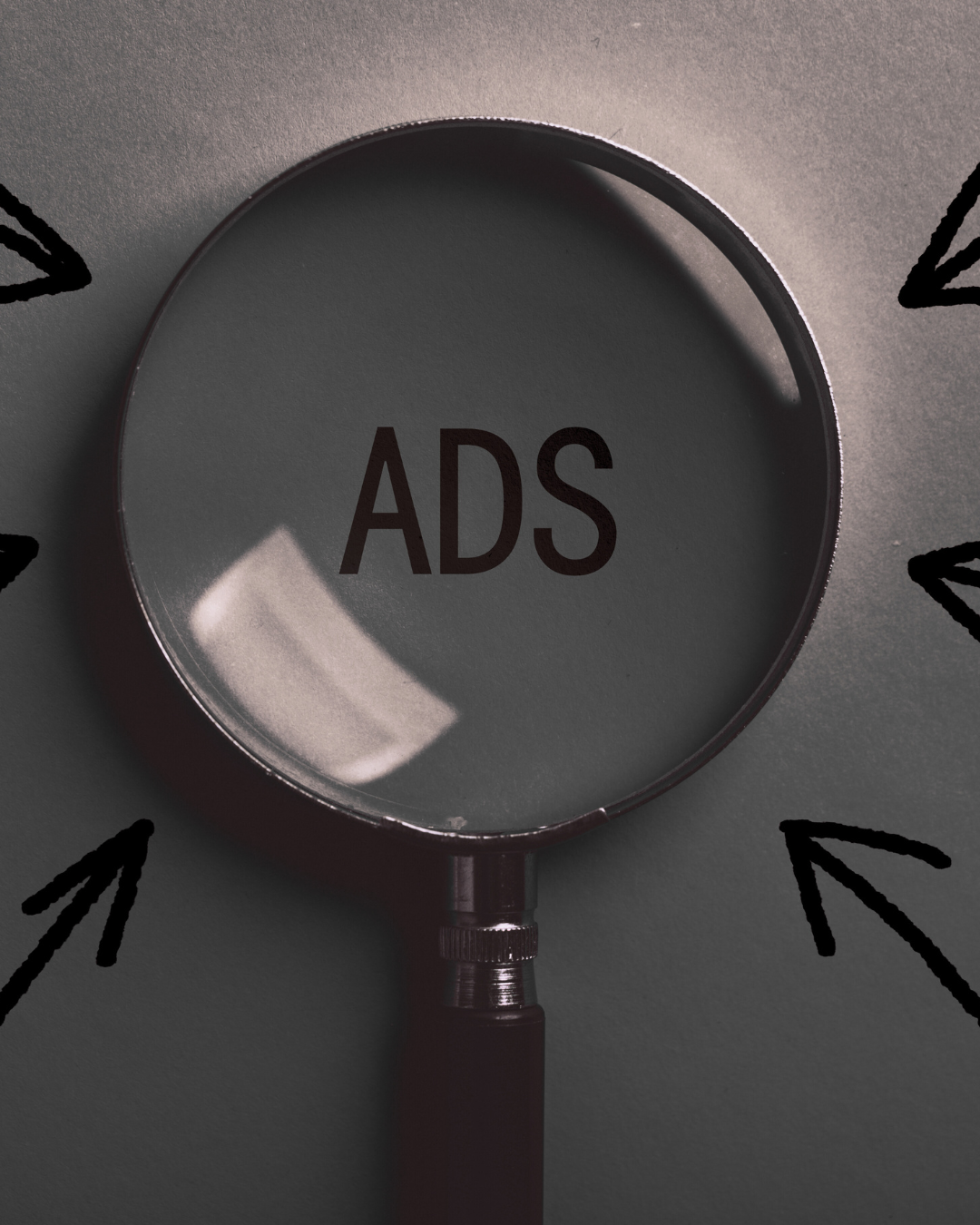
Google adds
Google Ads is an online advertising platform developed by Google, where businesses and individuals can create ads that appear on Google’s search engine results pages (SERPs), YouTube, Google Maps, and across millions of websites in the Google Display Network. Formerly known as Google AdWords, it operates primarily on a pay-per-click (PPC) model, meaning advertisers only pay when someone actually clicks on their ad. Google Ads has become one of the most powerful and widely used tools for digital marketing due to its ability to reach highly targeted audiences in real-time.
The main purpose of Google Ads is to help businesses promote their products or services directly to people who are actively searching for related keywords or browsing relevant content. For example, if someone types “best running shoes” into Google, businesses that are bidding on that keyword can have their ads appear at the top of the search results.
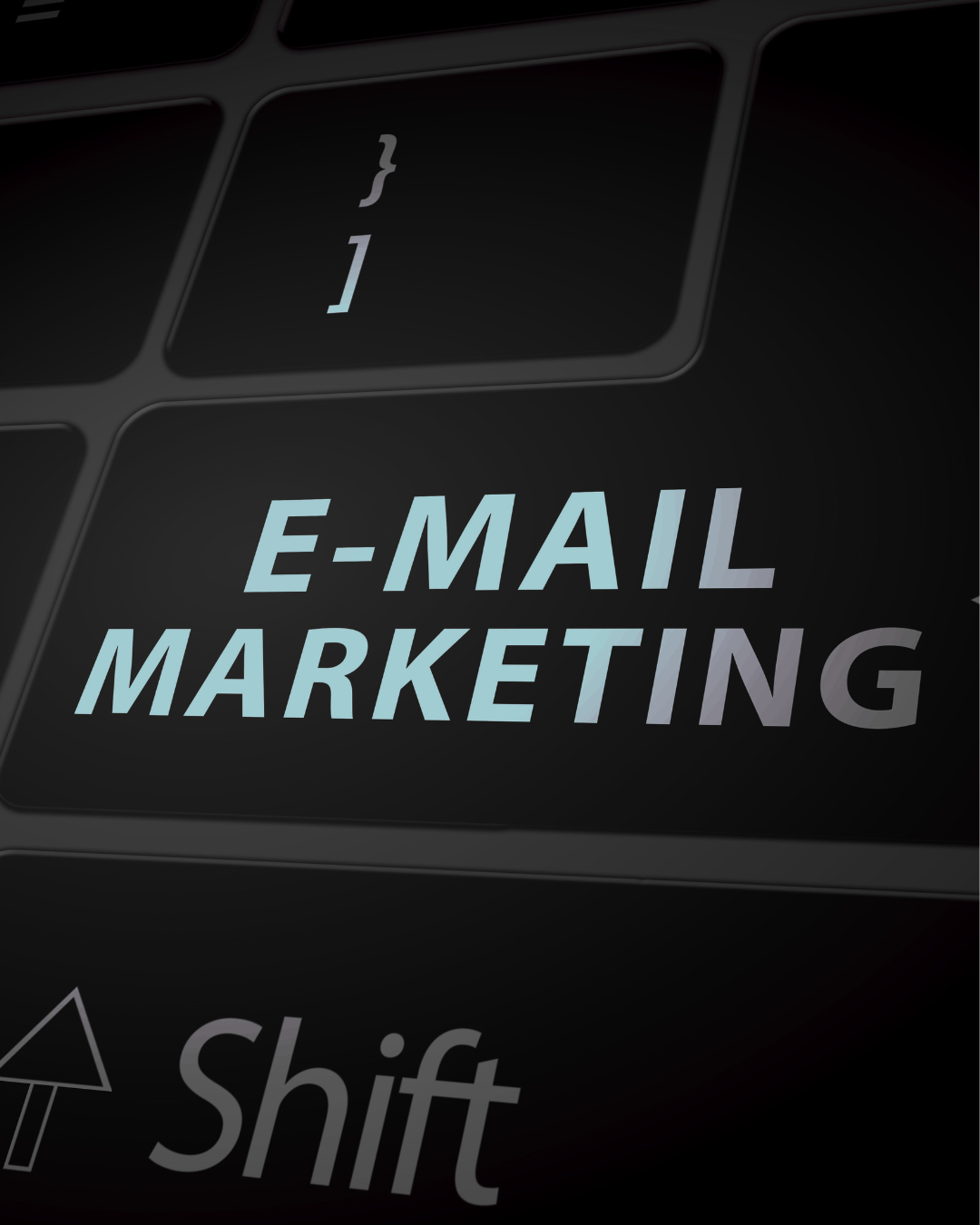
Email markiting
Email marketing is a digital marketing strategy that involves sending targeted messages through email to a group of subscribers or customers. These emails can be promotional, informational, or transactional in nature, and they are typically used to build relationships with potential customers, engage current ones, and drive sales or other desired actions. It is one of the oldest yet most effective forms of online marketing, known for its ability to deliver personalized communication directly to an individual’s inbox.
The core goal of email marketing is to communicate effectively with an audience and provide content that is relevant, timely, and valuable. Businesses use email marketing for a variety of purposes, such as promoting new products, announcing sales or special offers, sharing blog updates, sending newsletters, nurturing leads, or even simply maintaining brand awareness.
